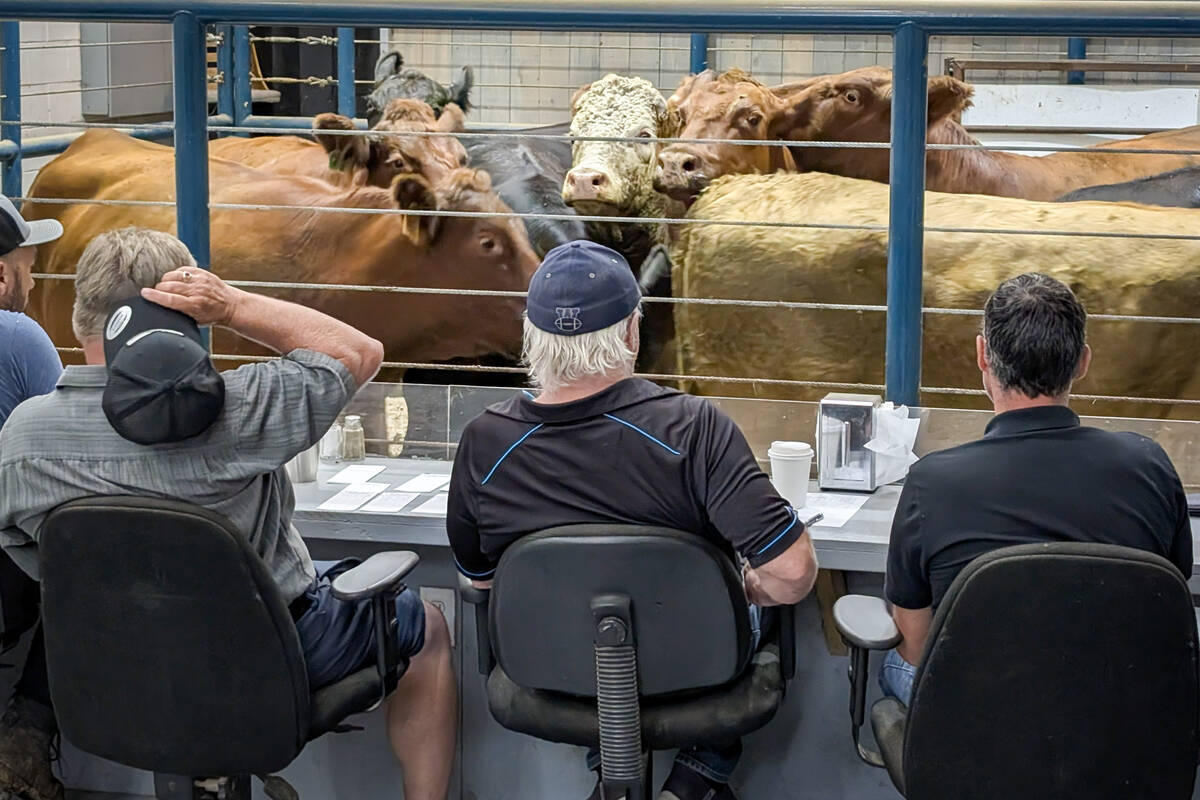Chicago | Reuters – Chicago Mercantile Exchange cattle futures rose on Thursday as the U.S. Department of Agriculture reduced its forecasts for domestic beef production.
The agency, in a monthly report, trimmed its estimate for 2021 U.S. beef production by 0.1 percent from July to 26.965 billion pounds due to lighter expected carcass weights. The production forecast for 2022 fell by 1.3 percent to 26.965 billion.
Cattle feeders are raising animals to lighter weights because high grain prices are making it more expensive to feed livestock, analysts said.
Corn futures, which reached an eight-year high this spring, on Thursday set a one-month high after the USDA cut its U.S. harvest estimate.
Read Also

U.S. livestock: Cattle rally, hogs slide
Chicago cattle futures regained a ground on Monday to maintain a fairly level trajectory after last week’s fall.
The USDA, in a separate report, said the average live weight for cattle was 1,348 pounds in the week ended July 31, down from 1,365 pounds a year earlier. Dressed weights averaged 816 pounds, down from 835 pounds last year.
Most-active October live cattle settled up 0.925 cent at 128.500 cents per pound. September feeder cattle futures rose 0.725 cent to close at 163.550 cents per pound.
The USDA also reduced its 2021 U.S. pork production forecast, citing lighter carcass weights and a slower expected pace for slaughtering.
CME October lean hogs settled up 0.625 cent at 86.475 cents per pound, while December hogs rose a penny to end at 79.900 cents.
Rising grain prices helped lift deferred hog futures, said Arlan Suderman, chief commodities economist for broker StoneX. Higher hog futures aim to incentivize farmers to keep producing pigs in the face of lofty feed costs, he said.
“Whenever you get a sharp gain in feed prices, you’ll see those deferred prices higher,” Suderman said.














